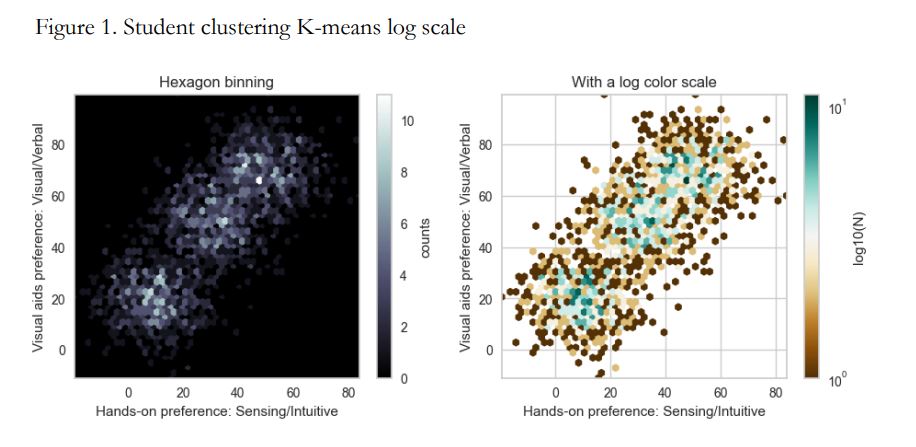Clustering Students for Personalized Health Education Based on Learning Styles
Keywords:
Health education, Hierarchical clustering, K-means, Personalized education, StudentsAbstract
Educating students on how to take responsibility for their health and make educated choices is a crucial step in fostering a culture of health and wellness. Health education may assist promote good health and prevent sickness at the personal, community, and societal levels by giving accurate and up-to-date knowledge on different health subjects, as well as the information and tools needed to adopt healthy habits. Health education is a strong force for promoting the overall health and well-being of students, individuals, and communities because of its numerous advantages, including the capacity to address health inequities and lower healthcare expenditures. The Felder-Silverman learning styles model may be used in health education to assist adjust teaching techniques to individual learners' needs and preferences. If a health educator is teaching a group of students about health, they may use a range of teaching strategies to meet the students' diverse learning styles. We used unsupervised machine learning techniques, K-means, and a hierarchical clustering algorithm to categorize 310 students into distinct categories based on sensory, intuitive, visual, and verbal following the Felder-Silverman Learning Styles Model. The experiments revealed three significant clusters. According to the results, students may be divided into at least three groups in order to produce individualized health education materials and methodologies for each group. We additionally discussed appropriate instruction approaches, contents, and pathways for each cluster of students. Hands-on activities, such as simulated patient situations, may be provided by the instructor for sensory learners. The instructor may communicate abstract ideas such as the function of various nutrients in the body to intuitive learners. For visual learners, the instructor may utilize diagrams or charts and for verbal learners, the instructor may provide lectures or printed materials. This research argues that the health educator may better guarantee that knowledge is properly transmitted to all students, irrespective of their learning style preferences, by using a range of teaching approaches




